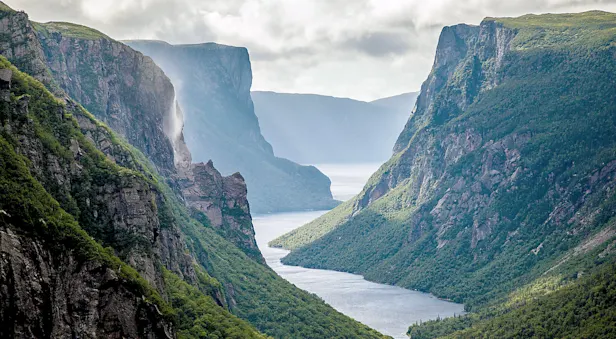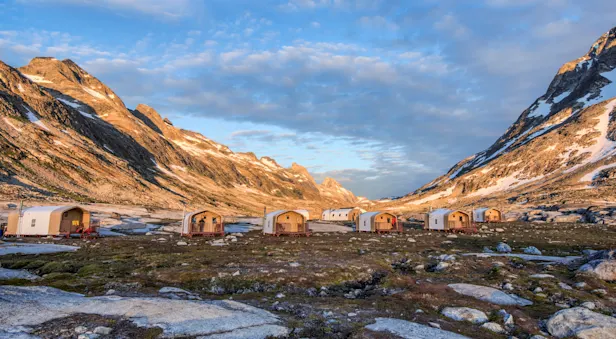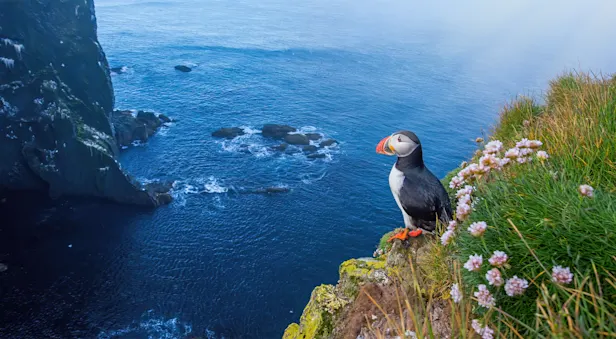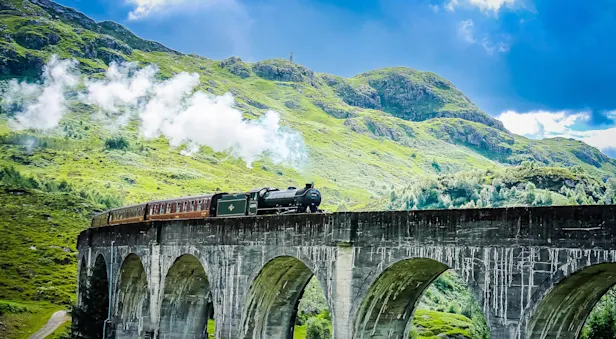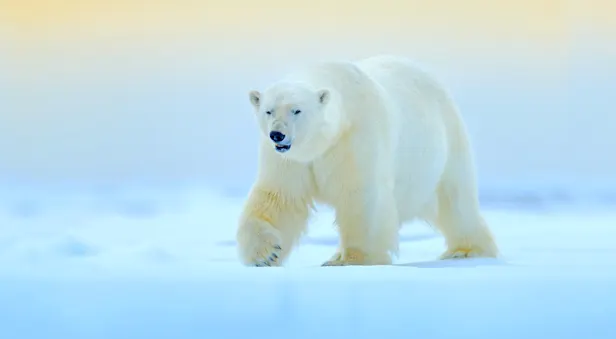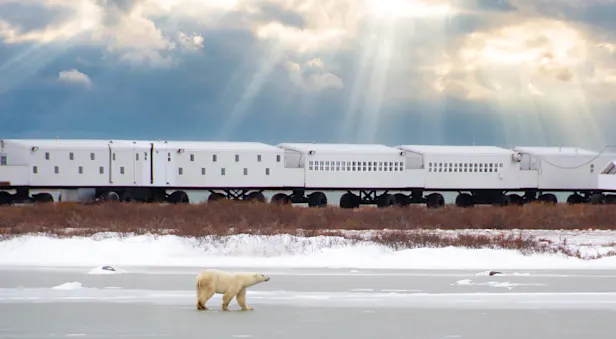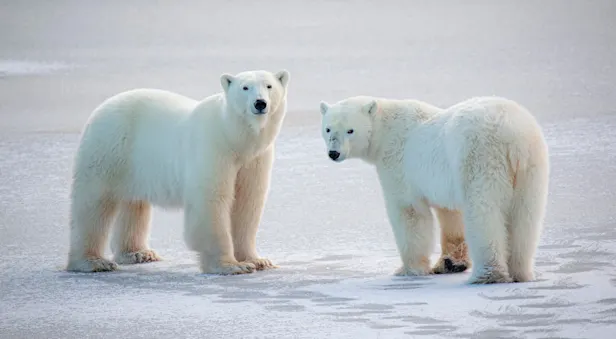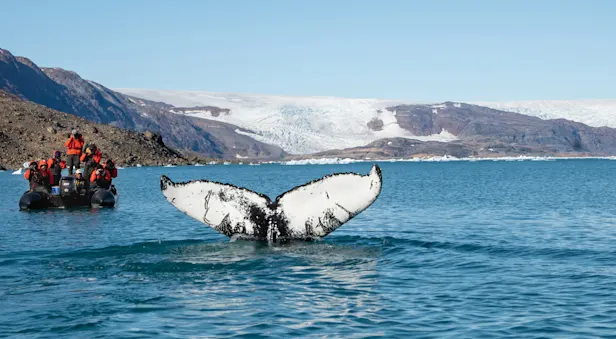Earth’s northern latitudes host extraordinary seasonal nature events. Humpback and gray whales make the world’s longest migrations to frigid Arctic waters, while belugas congregate by the thousands in Hudson Bay. Grizzlies gather in the salmon-rich rivers of British Columbia. Seals bob among drifting icebergs in Greenland. When winter’s dark descends, the aurora shimmers over the tundra. With expert naturalists, witness these events and more on our small-group adventures and Photo Expeditions.
Classic Nature Tours
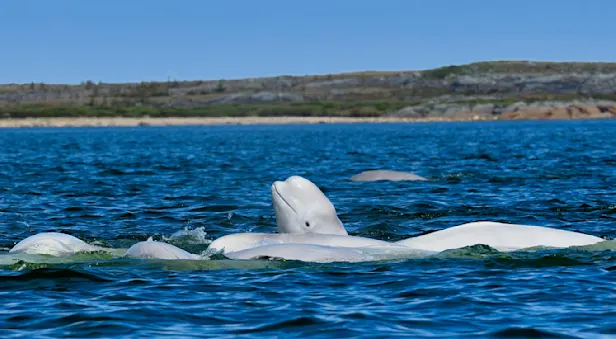
Churchill’s Belugas, Polar Bears & Arctic Wildlife
Meet hundreds of friendly beluga whales up close via Zodiac and kayak, and look for caribou, polar bears, Arctic fox and more on this exhilarating summer adventure in the Canadian subarctic.

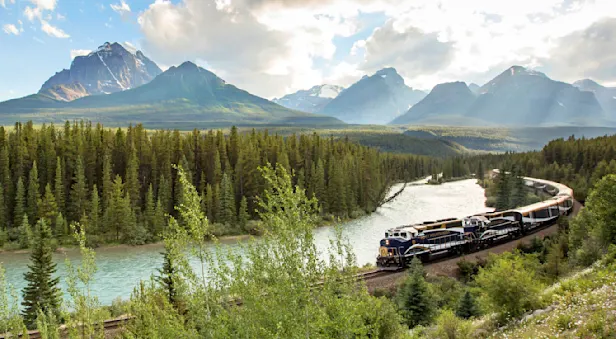
Rainforest to Rockies: Vancouver to Banff
Discover Canada’s most dramatic mountains aboard the Rocky Mountaineer luxury train and a fly-in backcountry lodge as we explore peaks, valleys, alpine meadows, and the world’s only inland temperate rainforest.

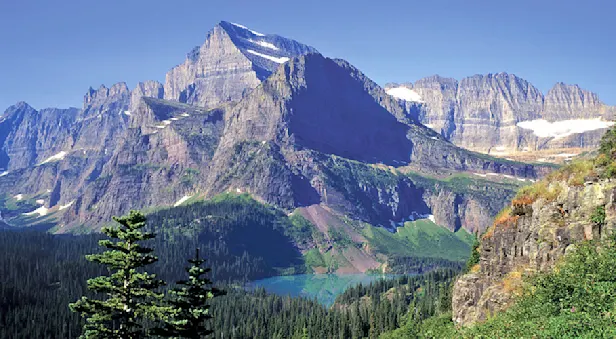
Glacier & Waterton: An International Treasure
Sheer-walled peaks, icy lakes, alpine valleys, summer wildflowers and magnificent wildlife! Discover all the wonders on both sides of the border with naturalist guides who know this land intimately.

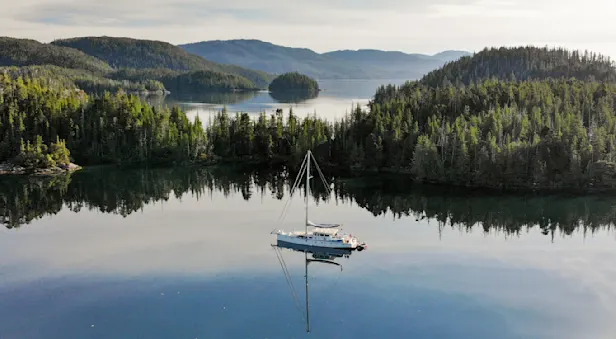
Haida Gwaii: Islands at the Edge of the World
Discover an archipelago of wonder off the coast of British Columbia—explore wild shorelines, ancient rainforest and 12,000 years of Haida culture on an intimate sailboat adventure in the marine wilderness.

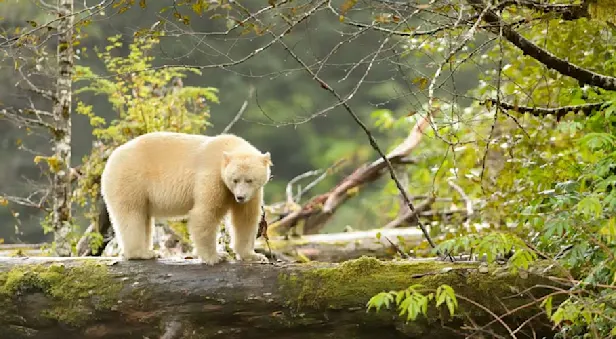
Great Bear Rainforest: In Search of Spirit Bears, Grizzlies & Whales
Discover British Columbia at its wildest, in search of the elusive white Spirit Bear in the remote valleys of western Canada's Coast Range. Offshore, scout for humpback whales and orcas in emerald fjords.


Iceland & Greenland: A Nordic Discovery
Discover less-traveled sides of these two Nordic countries on a unique itinerary that combines the geologic drama of Iceland’s rarely visited highlands with Greenland’s mighty glaciers, fjords and Inuit culture.

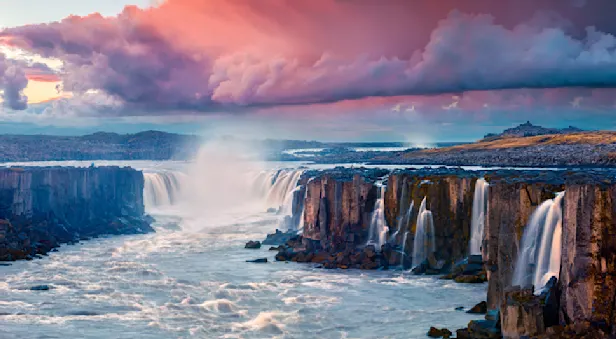
Iceland: Circling the Land of Fire & Ice
An immersive journey into the rugged grandeur of a land sculpted by intense geological forces. Make a full loop around Iceland on the most comprehensive nature adventure this compact country has to offer.

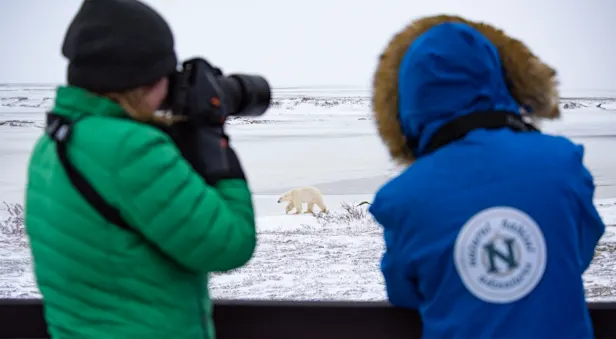
Ultimate Churchill: Tundra Lodge & Town
Stay at our exclusive Tundra Lodge, situated for unparalleled proximity to roving polar bears—then add two nights in the frontier town of Churchill to experience the culture of the Canadian North.

Photo Expeditions
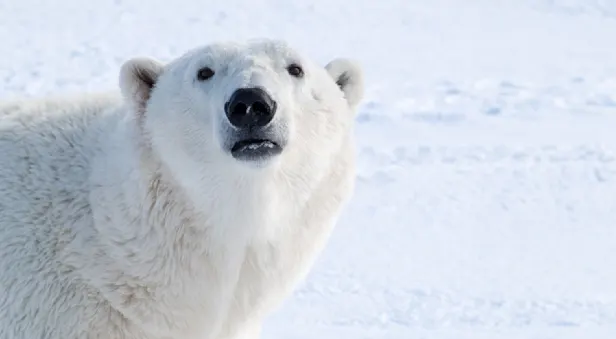
Churchill Polar Bear Photo Expedition
Our flagship polar bear photo safari is an exhilarating small-group adventure among the world's largest concentration of polar bears along Hudson Bay, guided by top naturalists who are photography pros.


Beluga Whales & Polar Bears: Churchill Summer Photo Expedition
Photograph hundreds of beluga whales in the Churchill River, take a private helicopter flight for aerial shots of roving polar bears, look for Arctic fox and hare, and capture close-ups of brilliant tundra wildflowers.

Adventure Cruises
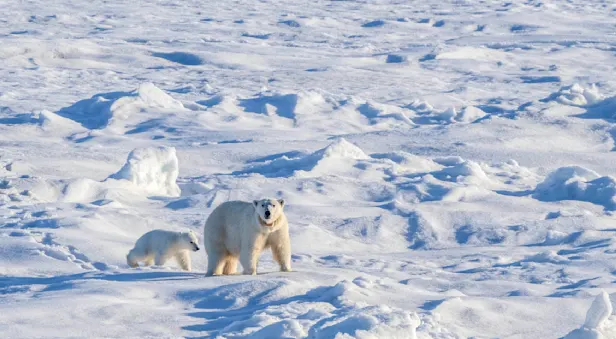
Svalbard: In Search of Iconic Arctic Wildlife
Just 600 miles from the North Pole, the remote island of Svalbard offers one of the best opportunities to see polar bears in their natural habitat, on the sea ice.

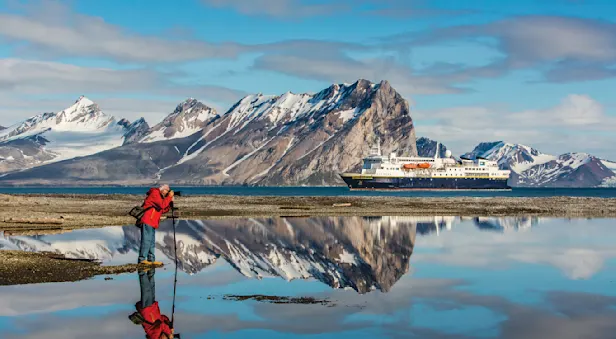
Norwegian Discovery: Svalbard and the Northern Fjords
Explore the nooks and crannies of Norway's fjord-carved coast and continue to High Arctic Svalbard, home to polar bears and abundant northern wildlife.


Fire & Ice: An 8-Day Sail Around Iceland
Sail around the whole of Iceland, with shore excursions and inland adventures to witness the forces of fire and ice that have formed this Nordic island nation.

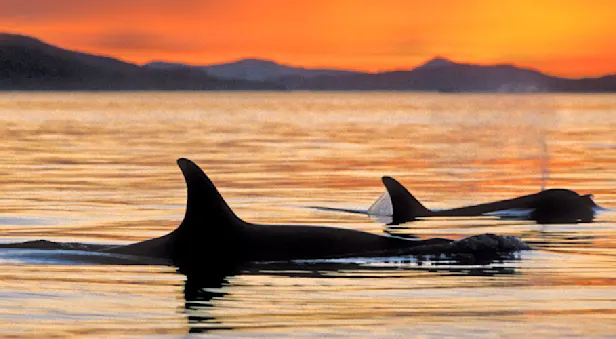
Exploring British Columbia & the San Juan Islands
Discover the maze of islands, bays and fjords that comprise the Salish Sea, the world's best place to see orcas—and look for seals, otters, bald eagles and more!





















